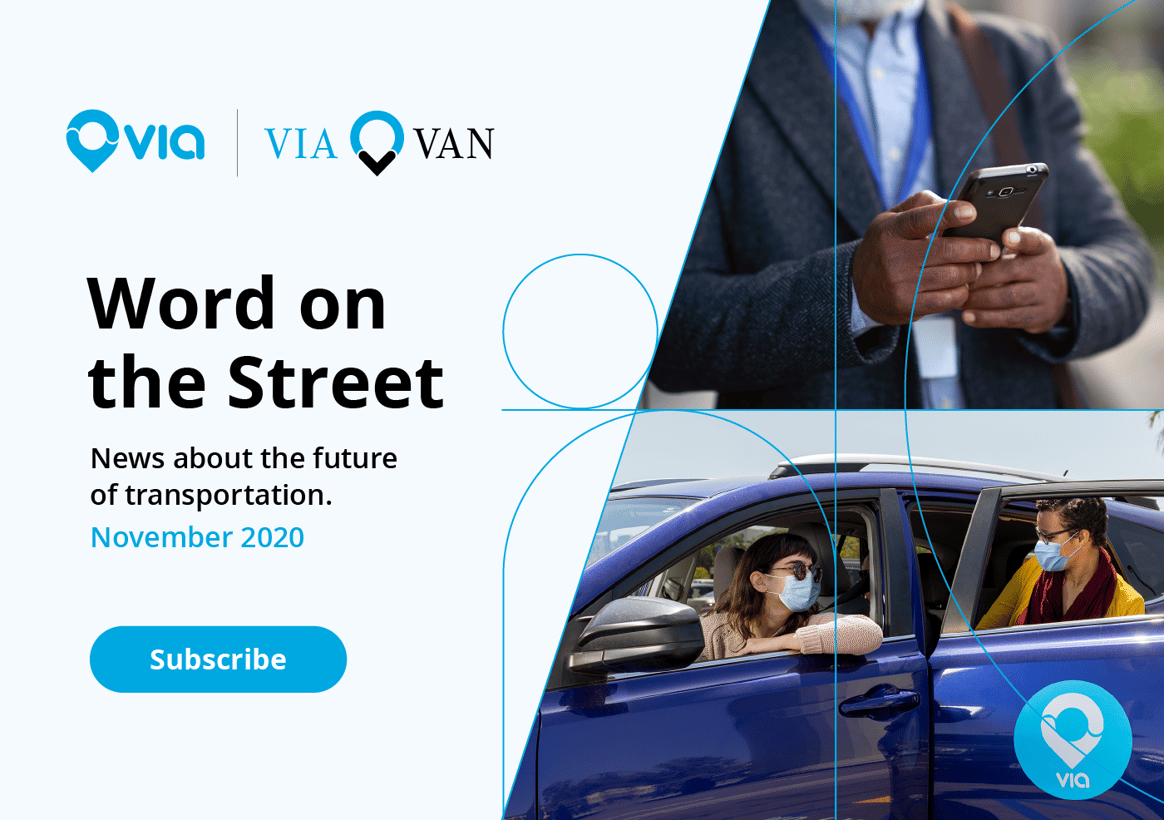We’re using data to debunk the most common microtransit misconceptions.
Via Transportation •

We’re using data to debunk the most common microtransit misconceptions.

The rides not taken
Want to get riders excited about transit? Go electric.
How Canadian cities are filling a safety gap with a new type of public transit
Microtransit myth: On-demand transit isn't new — you've just stuck an app on it
DRT myth: People prefer the predictability of fixed-route transport networks
4 ways Via’s Electrifier makes electrifying microtransit easy